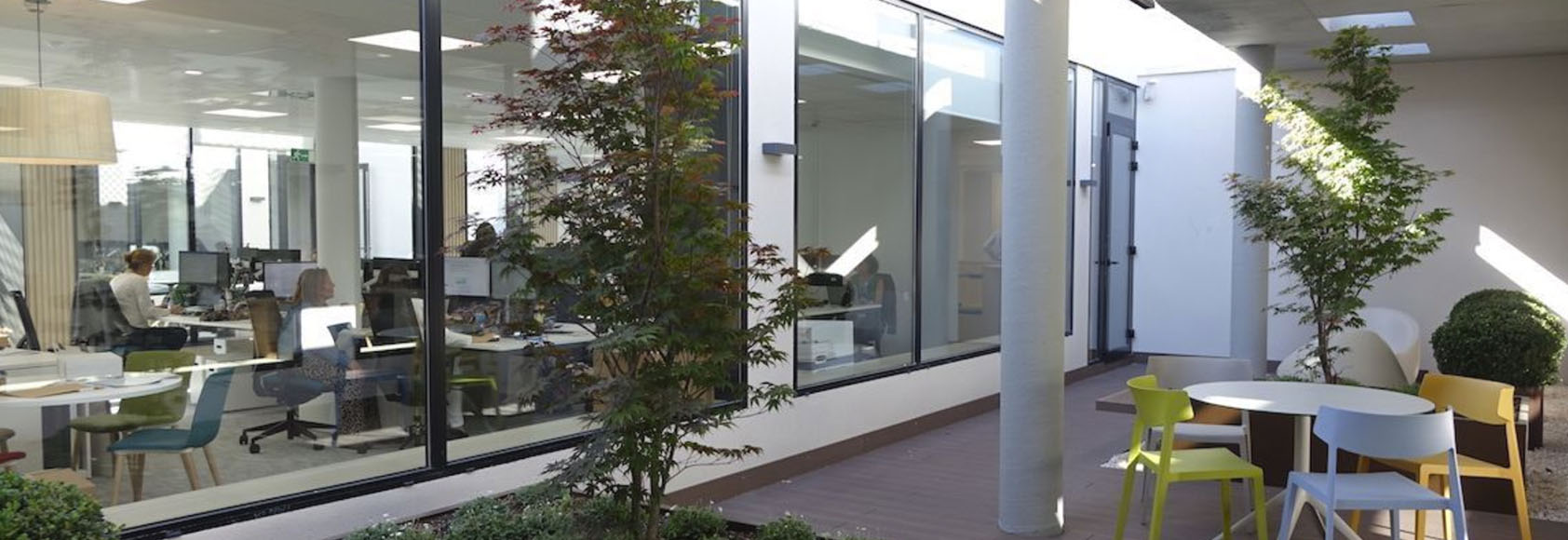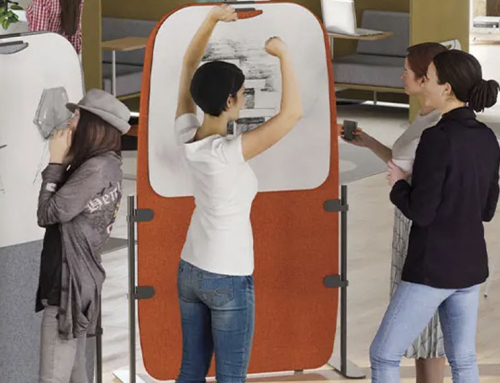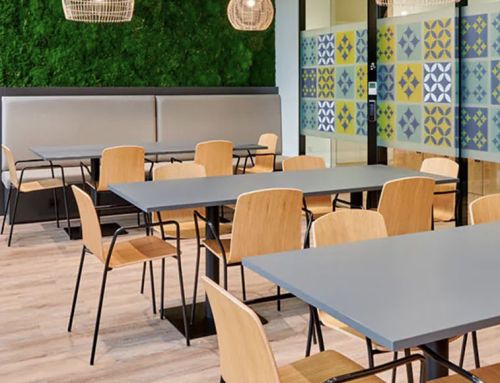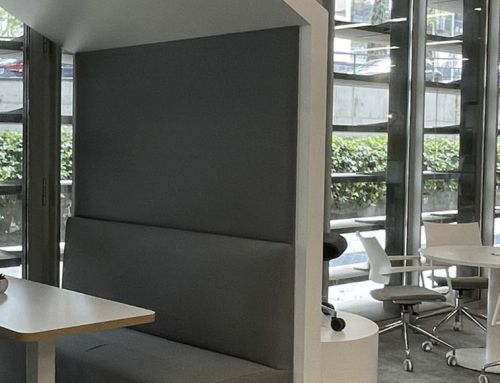Teleworkers want to go back to the office – why?, and especially… to any office?, or is the pandemic forcing us to rethink office design and the very concept of the office?
For most teleworkers, teleworking has not been an entirely satisfactory experience.
Why do teleworkers want to return to the office?
As we explained in a previous post, there are five reasons why we want to return to our workplace: it is good for our health; it facilitates collaboration and the transmission of knowledge; it brings the workforce together, generating a sense of community and reinforces the brand.
Working from home offers positive elements: lower risk of contagion, better work-life balance and flexibility, greater autonomy and savings in time and money on commuting. Teleworking has made it easier for many companies to continue their activities, but teleworking also has its downsides: isolation, technical limitations and the difficulty of certain teamwork are the main ones.
What is clear is that its pros and cons force us to rethink the very concept of the office.
Furniture for a safe return of teleworkers to the office
Since the beginning of the pandemic, companies have always taken into account the human side of the crisis. The priority has always been the protection of employees, ensuring the health and safety of all.
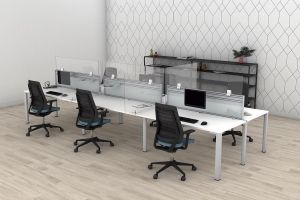
Protective screens COVID19
To that end, companies are rethinking their workspaces to try to ensure maximum safety for their users. But this redesign is not just a question of health and safety. It is also related to the need to respond to the new ways of working that have come hand in hand with the pandemic, as we shall see below.
And, for their part, some office furniture manufacturers, such as Ofita, have turned to innovation to launch solutions and office furniture that protect people from Covid19.
For example, Ofita protection screens ensure separation between users without losing interaction and visual contact between them. They delimit the space and protect workers both laterally and frontally.
Equally interesting are the Vetrospace soundproof cabins, for individual use or for team work, depending on size, with anti-viral and bacterial properties: antimicrobial VLD lighting; antimicrobial nanotechnology coating of the surfaces and Smart*** ventilation, HEPA 13, + 60 l/s. to renew the air and remove particles with a possible viral load that remain suspended in the air.
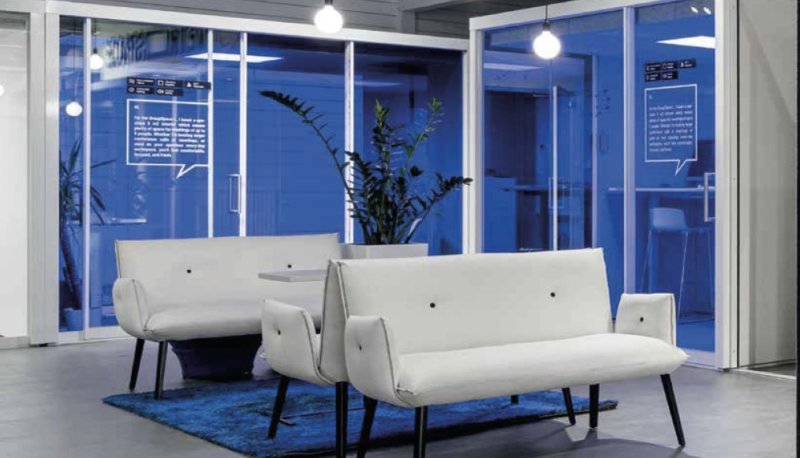
We also recall Ofita’s first Zero Covid tables, which have a coating with virucidal, bactericidal and fungicidal properties. This prevents the spread of Covid by contact with surfaces, for periods of more than two years under correct maintenance conditions.
Its efficacy is certified by Virnostica, Instituto de Salud Carlos III. It has been tested with SARS COV 2 strains and is 99.99% efficient.
Teleworkers want to return to a different kind of office
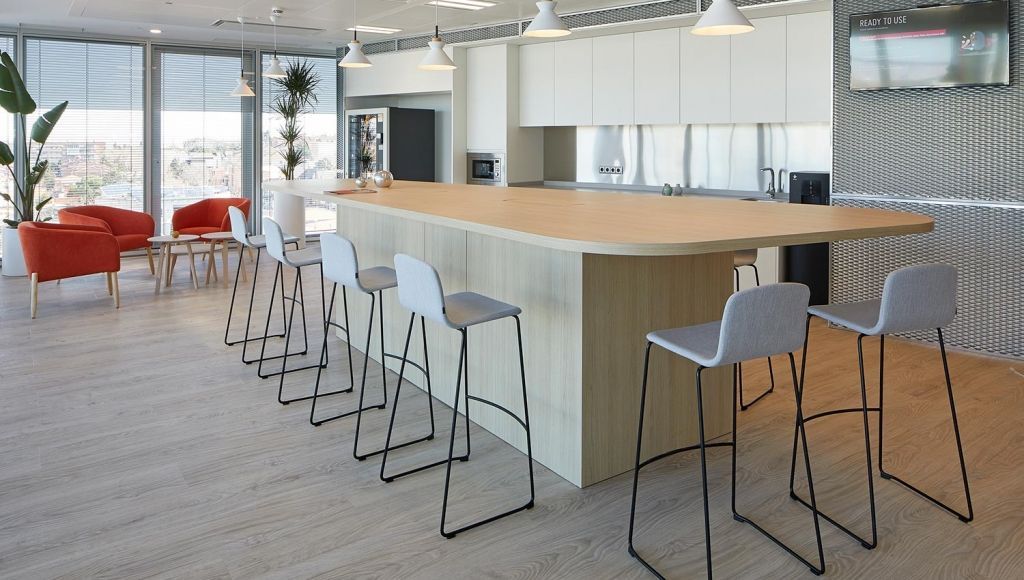
Teleworkers want to return to a different office. First and foremost, as we have seen, they want it to be safe. That has been the main concern of companies and their workforces since the pandemic broke out a year ago. But from now on, new demands are being added to the transformation of workspaces. Employees and employers want offices that adapt to the new reality and their new hybrid ways of working. They demand work environments that answer the question: Why do I want to go to the office today? What do I need?
It is important that employees can develop their full potential through a working environment adapted to their needs and those of each organisation. We need to design productive and much more flexible workspaces, according to the needs of the moment.
In this rethinking of the office, spaces for teamwork and interpersonal relationships, i.e. shared areas, and tools such as connectivity, for example, will be key. Similarly, work environments must be redesigned with spaces where functions that are not performed effectively at home can be carried out. This is the case, for example, of concentration spaces or more creative areas for Agile methodologies.
